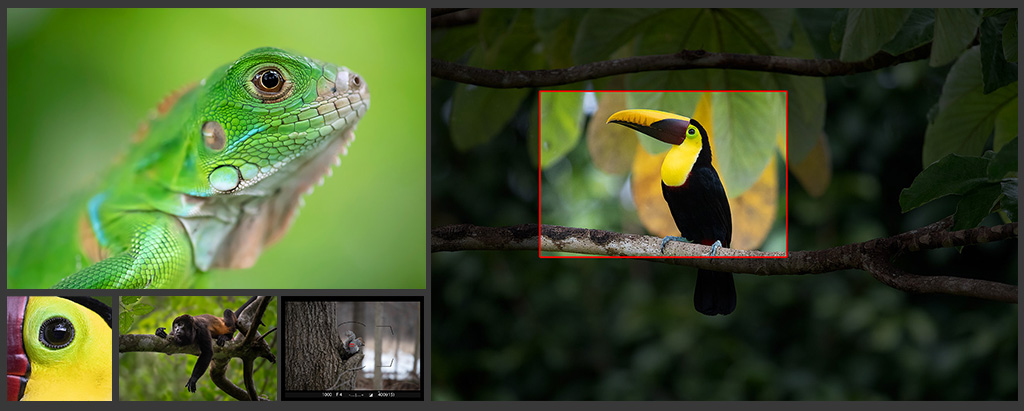Here's an example of posting to this website with a 2000 x 1332 pixel size, one shot full frame and one as a DX crop of the same image.
This was shot pre-dawn at very high ISO and it's the same photo just one was cropped to DX pixel dimensions before downsizing to the web post size and the other was left at Z8 Full Frame dimensions prior to the downsize to the same web posting dimensions. Posting a fixed size to a website like this is one example of where two images would be normalized to the same output size. Output size normalization does not mean that the smaller image has to be increased though when printing large prints that can happen, it just means the final output size is the same in pixel dimensions regardless of whether one was downsized, both were downsized by differing amounts, one or both were upsized, etc.
Anyway, here's the two images with no other processing beyond the RAW import defaults. IOW, no noise reduction, no exposure, contrast, added sharpening, color or other edits just a DX crop extracted from the full frame image and then both downsized to the same web post dimensions:
View attachment 86373
View attachment 86374
They're both pretty noisy at this ISO but at least on my monitor the cropped image is noticeably noisier.
This is the same effect that's measured on a lab bench to produce the dynamic range charts and regardless of what size is chosen for the normalized comparison size the cropped image will always show more noise and less dynamic range due to the size normalization when the rest of the camera settings like ISO, shutter speed and light remain the same.


